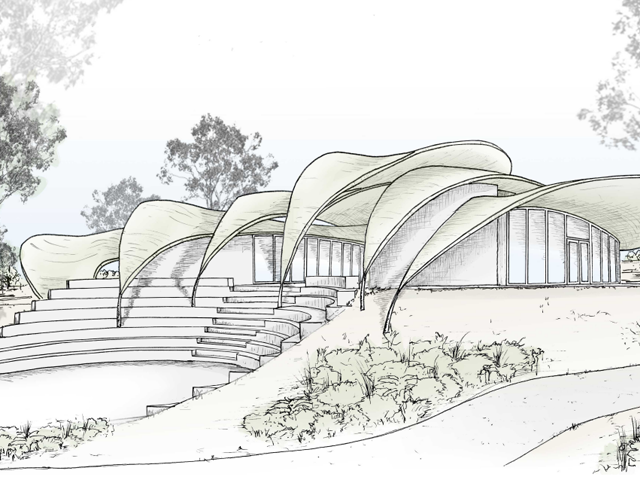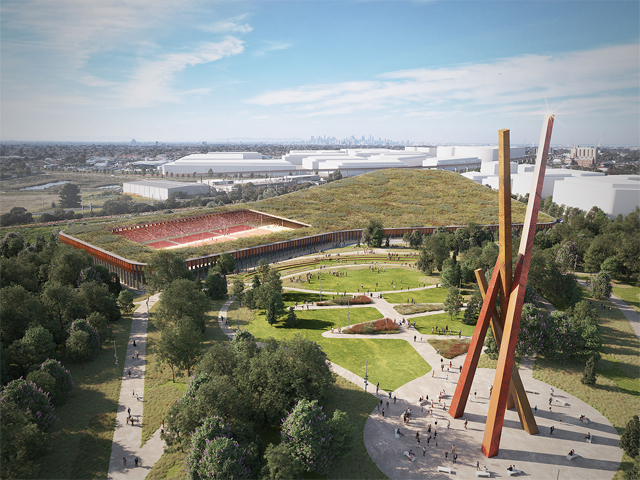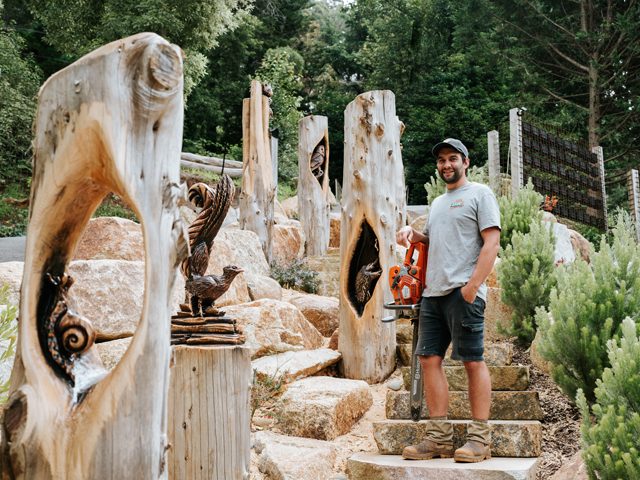A DESERT SANDSCRAPER
15 Apr 2015
This self-constructing sandscraper creates life for both humans and plants in the demanding conditions of the Sahara desert.

In the demanding conditions of the Sahara desert, the “Flohara” sandscraper uses its surroundings to build a habitable oasis. Stemming from the notion of shadow as life, the structure is composed of pocketed cells that form a wall, casting a vast shadow under which vegetation can thrive. Within its pockets, nomadic peoples can find shelter from the overwhelming heat of the desert sun, making the wall an inhabitable shadow in an otherwise sweltering landscape.



To construct the wall, the harsh climate is harnessed as a tool for progress. Inflatable textile bubbles are used as the form for the internal pockets of the structure. A mixture of sand, water (extracted from subterranean wells), hydrogel and a calcifying bacteria is then applied to the bubbles, which are oriented into the prevailing wind. As the wind transfers sand onto the surface, the bacteria converts the mixture into stone, creating hardening layers. After a few applications, the surface is stable enough to remove the bubbles.
Through this construction method, the structure maintains a porous surface that funnels the wind for natural ventilation. An ecosystem at the ground level further fosters sustenance, as water from subterranean aquifers is brought to the surface to cultivate microalgae, mushrooms, and vegetables, making a veritable oasis in the desert.

MORE NEWS

JARRAHDALE TRAIL CENTRE TAKES DESIGN CUES FROM NATIVE FLORA

MASTERPLAN FOR INCLUSIVE, CLIMATE-RESILIENT COMMUNITY PARK IN LISMORE

HARNESSING THE POWER OF DESIGN TO TRANSFORM CITIES

MELBOURNE'S NEW PARK ON A FORMER LANDFILL SITE

WOOD CARVING WITH BRANDON KROON

